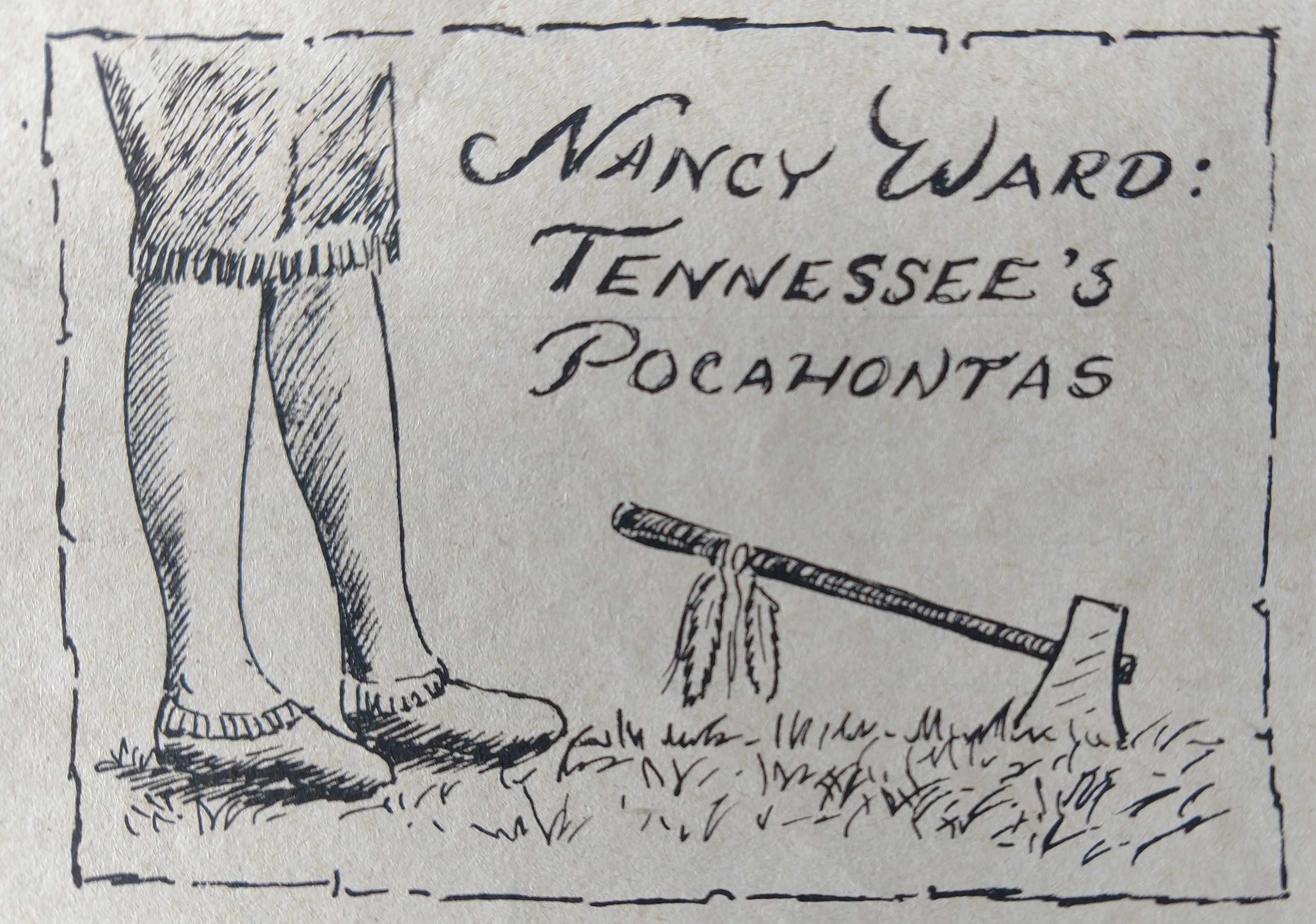Greenwood Biscuits
/Biscuits are a scrumptious southern delicacy. The ability to create them golden brown, light and fluffy is a mark of great culinary success. Like all bread-y recipes, biscuits are impacted by a lot of factors from barometric pressure to freshness of leaven, and certainly the nuances of the oven.
Lots of folks on the mountain well remember their grandmothers and even their mothers cooking on a wood stove. Well baking on a wood stove is nothing short of an art form! And I guess a wood stove can produce some of the tastiest biscuits you’ve ever bitten into but the kind of wood that’s burning is going to greatly affect the taste of your bread.
Anytime we get biscuits that are something less than golden brown my Daddy always makes a face and says “greenwood biscuits”. This is because the wood stove wants good dry hardwood. If you try to cook over the soft woods, their fast burn will do the same thing to your food – burn it. If the wood is wet or green then the heat is lower and insufficient to brown biscuits.
Of course the bread is still perfectly edible – and who would turn away a biscuit just for the color? Once you get it bathed with honey, molasses or apple butter would you even think about the color? Still, there’s a pride in the heart of a southern woman and I guess pale biscuits are just a little embarrassing.
Maybe it’s an inside family joke, or maybe folks across the Plateau can appreciate the “greenwood” label. The picture on today’s blog is from a restaurant where I recently ate with my Daddy. I looked at him and said just one word, “greenwood” and he knew immediately my subject was biscuits.
By the way, it was about a year ago that I wrote about campfire cooking. The biscuits I can produce there are affected by even more factors but even with a good fire from hardwood I usually end up with light spots and maybe even some burned bread. That’s just my little confession – I’m not here to criticize anyone that’s ambitious enough to bake biscuits!
Have you ever eaten biscuits cooked on a wood stove?









